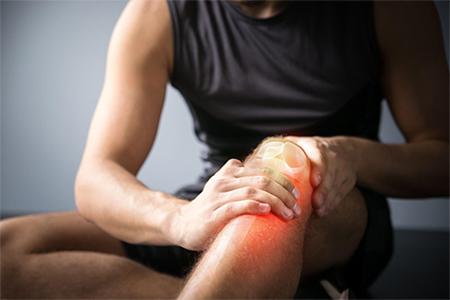
The human body has a miraculous ability to heal itself through fighting infections, healing wounds, and repairing internal damage. Joint preservation utilizes this incredible self-healing ability to preserve deteriorating joints.
Joint deterioration is common amongst elderly adults and younger active individuals. Injuries or excessive wear and tear can lead to premature cartilage loss in joints resulting in increased pain and decreased mobility. While joint replacement is amongst the most common medical procedures performed in the US, joint preservation should be considered first if possible.
Joint preservation can be defined as the use of surgical or nonsurgical treatment to preserve a deteriorating joint in order to avoid or delay joint replacement. Joint preservation encompasses a variety of treatments that vary based on the patient’s condition.
Some methods of joint preservation include:
- Joint Surface Restoration (Articular Cartilage Repair)
- Osteochondral Transplantation
- Joint Realignment (Osteotomy)
- Joint Stabilization
- Rehabilitation Programs
- Regenerative Medicine (PRP and Biologic Injections)
These regenerative techniques aim to reduce pain, increase mobility, and delay or even prevent joint replacement. A proper understanding of anatomy, biology, and biomechanics is required to correctly implement the right treatment for your needs. Ultimately, joint preservation provides an effective way to repair and preserve musculoskeletal tissue beyond joint replacement.
If you have concerns about your joints, schedule a consultation with Dr. Amir Jamali at the Joint Preservation Institute today!
Dr. Amir Jamali, founder of the Joint Preservation Institute, is a board-certified fellowship-trained orthopedic surgeon in Northern California specializing in treatments for the knee, hip and shoulder.








 What is Joint Preservation?
What is Joint Preservation? 







